7 Nights Bodrum Yacht Charter Itinerary

Bodrum has a history that goes back to the 12 th century B.C. The city which was called ‘Halicarnassus’ was the birthplace of Herodotus; the ‘Father of History’ who lived in the 5th century B.C. The ‘Mausoleum’ of King Mausolus (350 B.C.) which is one of the Seven Wonders of the World is in this city. The only structure that survived from the Classical Era is the Amphitheatre. Another place that you should visit when you arrive in Bodrum is the landmark of the city ‘Castle of Saint Peter’. It is one of the best preserved piece of work whose history goes back to the Middle Ages.
Bodrum Harbour is 20 minutes from Bodrum- Milas (BJV) International Airport. Besides its wealth of history, Bodrum is also famous for its nature, crystal and clean sea/bays/beaches and nightlife.
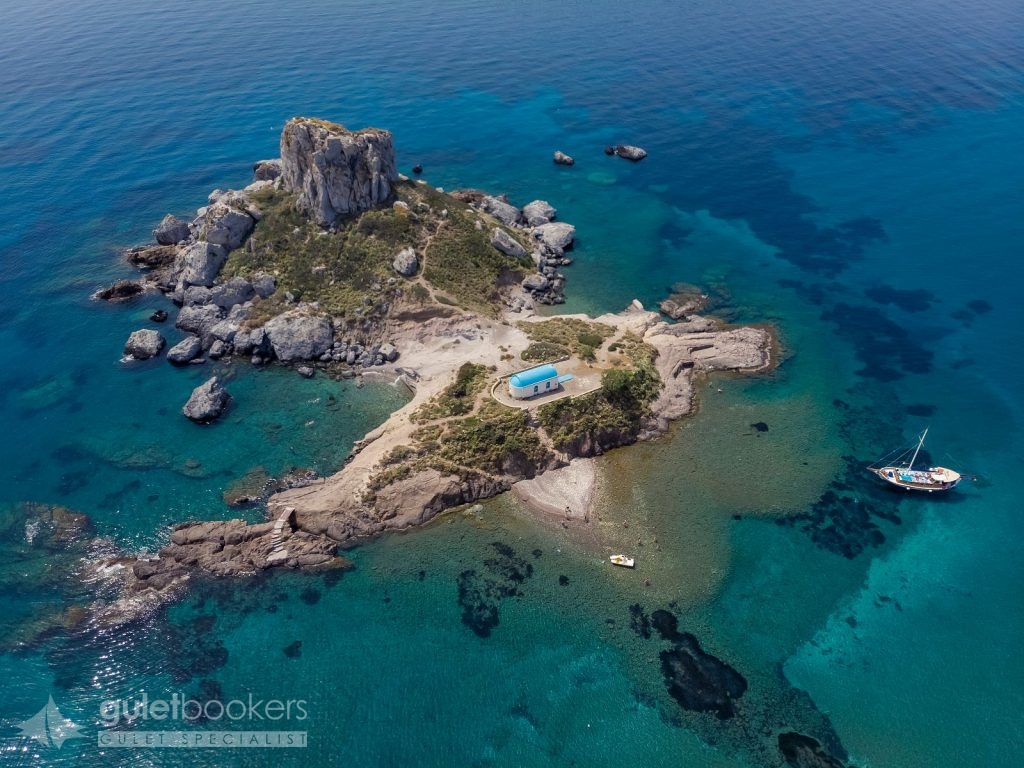
Endless beaches with turquoise waters; lush vegatation and abundantly flowing streams; ancient and medieval monuments; grand edifices of Italian architecture all come to spell one word: Kos, the third largest island of the Dodecanese Group, only 4 miles away from the coast of Turkey. It is said that the island was named after the daughter of Merops, an ancient king – according to legend – who was also known as Koos. It is the birthplace of Hippocrates, the “Father of Medicine” (460-377 BC). It has been populated since neolithic times (5th-4th millenium BC). In the 14th c., the Knights Hospitaller of the Order of St John took over the island, strengthened the fortifications of older castles and built new ones. During the Turkish Occupation, the island suffered onslaughts by many invaders (the Knights, the Venetians, etc.). A number of monumental public buildings were constructed during the Italian rule (1912-1945). The island was integrated in Greece in 1948.
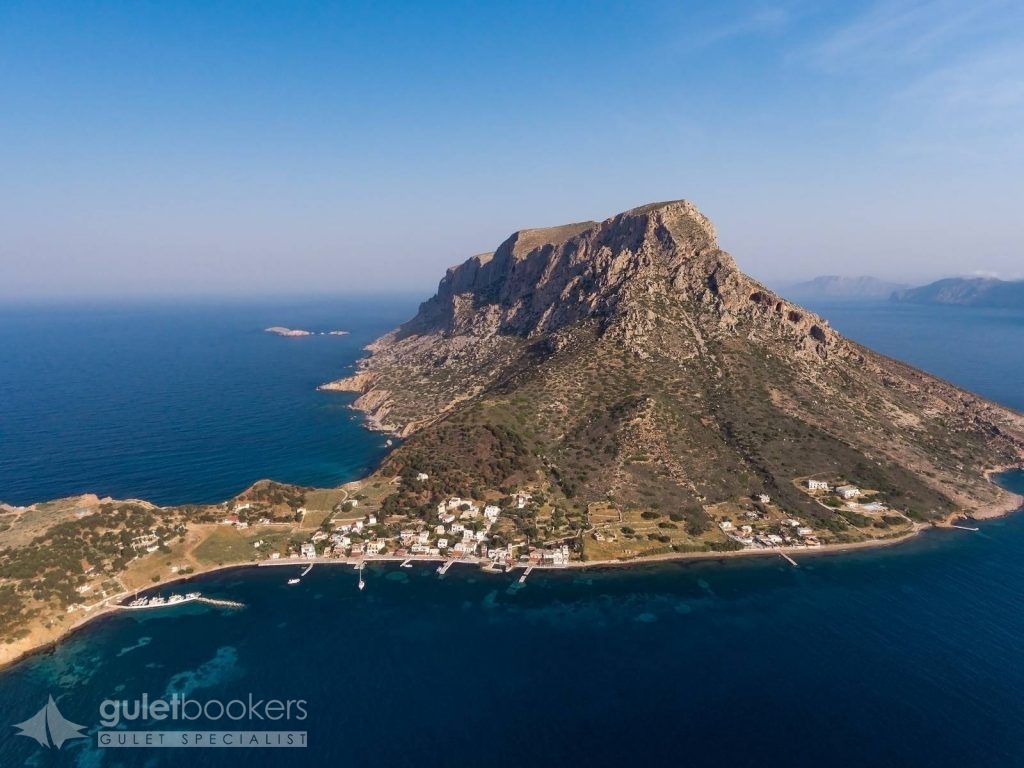
Telendos is a tiny island of serene beauty that located nort western coast of Kalymnos. It covers an area of 5 sq. km, lying barely 700 m. W of Myrties village in Kalymnos and there are 60 residents. In antiquity and up to the middle of the 6th century AD, Telendos was part of Kalymnos. It is estimated that the ancient Mesos dimos [Middle Town] was located in the sea area between Kalymnos and Telendos. In 554 AD, a devastating earthquake caused ground subsidence, the destruction of settlements and resulted in sinking the area between Kalymnos and Telendos into the sea. Telendos thrived during the early Christian period (4th-7th c.). There is only one small village on the island and it is built opposite the Kalymnos-Telendos strait. There is a beautiful pine forest on the south part of the island, next to ruins of Byzantine houses (Tholoi). Make sure you visit Ai Giorgis chapel, you will enjoy a lovely sunset view; also the early-Christian necropolis; and the castle of Agios Konstantinos. Go for a swim in Chochlakas, Plaka, Potha, and Paradise; scuba diving fans are welcome to explore the ancient town sunk between Kalymnos and Telendos, while others may opt for hiking, climbing, or spear fishing. Small boats make runs to Myrties cove, Kalymnos.
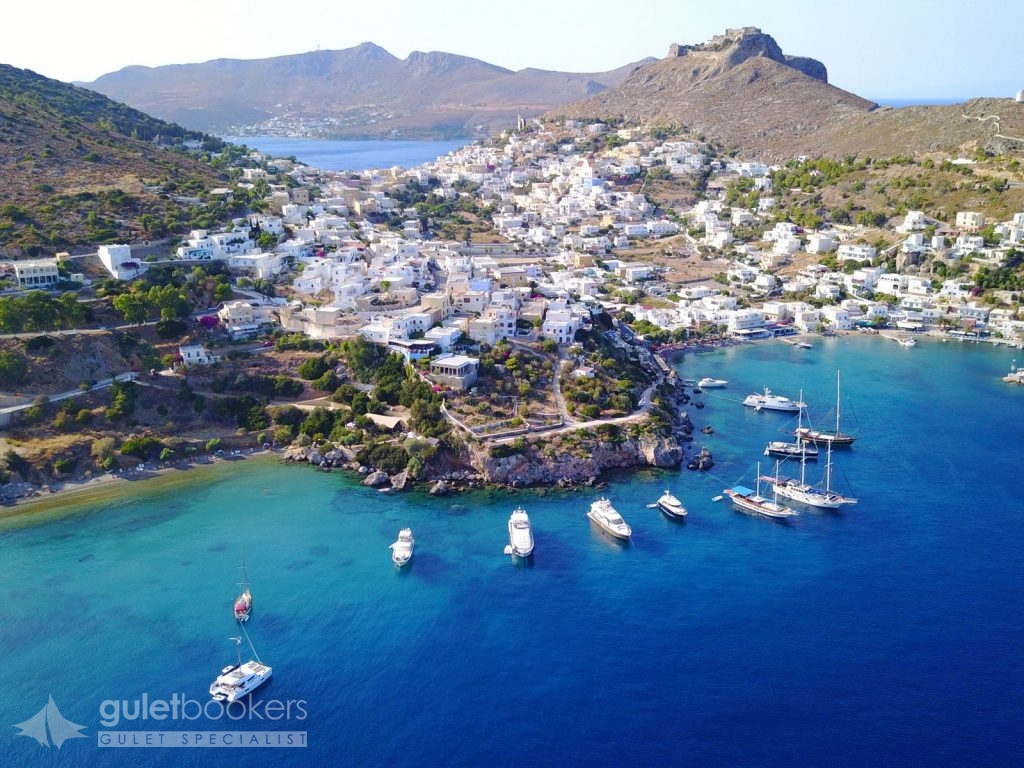
According to Greek mythology, Leros was considered as the island of Artemis, the goddess of forests and hunting. It is an ideal place for quiet holidays. The houses, built in the Italian architectural style, catch the eye. Take your pick among the beaches of crystal-clear waters and visit the towering castle of Panagia on Apityki hill. Coves protected from the elements, hills, large expanses of pine trees and olive groves, and low plains with freshwater streams complete the picture. The history of Leros begins in Neolithic times. In antiquity, the island was an Ionian settlement. In early Christian times (5th-7th c.) settlements began to spread along the coastline. The island was occupied by the Knights Hospitaller of the Order of St John from 1309 to 1522, when it was conquered by the Turks. In 1912, the island came under the Italian rule. The Italians took full advantage of the island’s strategic position and natural harbour. Leros was typically integrated in Greece in 1948. During the Civil War and in the years of dictatorship (1967-1974), Leros used to be a place of exile.

Patmos is known as the “island of the Apocalypse” or “Jerusalem of the Aegean”: John the Theologian, one of Christ’s disciples, exiled to this island by the Roman emperor Domitian in 95 AD,wrote the “Book of Revelation”, the last book of the New Testament in one of the island’s caves.
The “Cave of the Apocalypse”, as it is known today, is one of the most historic and impressive sites in Greece. Patmos was first inhabited in prehistoric times. During the Roman times it was a place of exile. In 1088, the Blessed Christodoulos founded the Monastery of St John the Theologian. Over time the island flourished and the first mansions were built in the late 16th century. The Patmos Seminary (or Patmian School) was built in 1713. The island officially became Greek territory in 1948.
This small traditional town has been built around the monastery of Saint John the Theologian. It is one of the most beautiful and well preserved medieval towns found in the Aegean. The houses, built next to each other, have their windows placed high and leave room for narrow, mazelike paved alleys where you will find dozens of 15th-17th century churches, built with stone from Petrokopio (meaning stone quarry) and Manolakas. The roofs are made with timber from cypress trees and alternating layers of astivi (a kind of shrub endemic to Patmos), seaweed and mud.
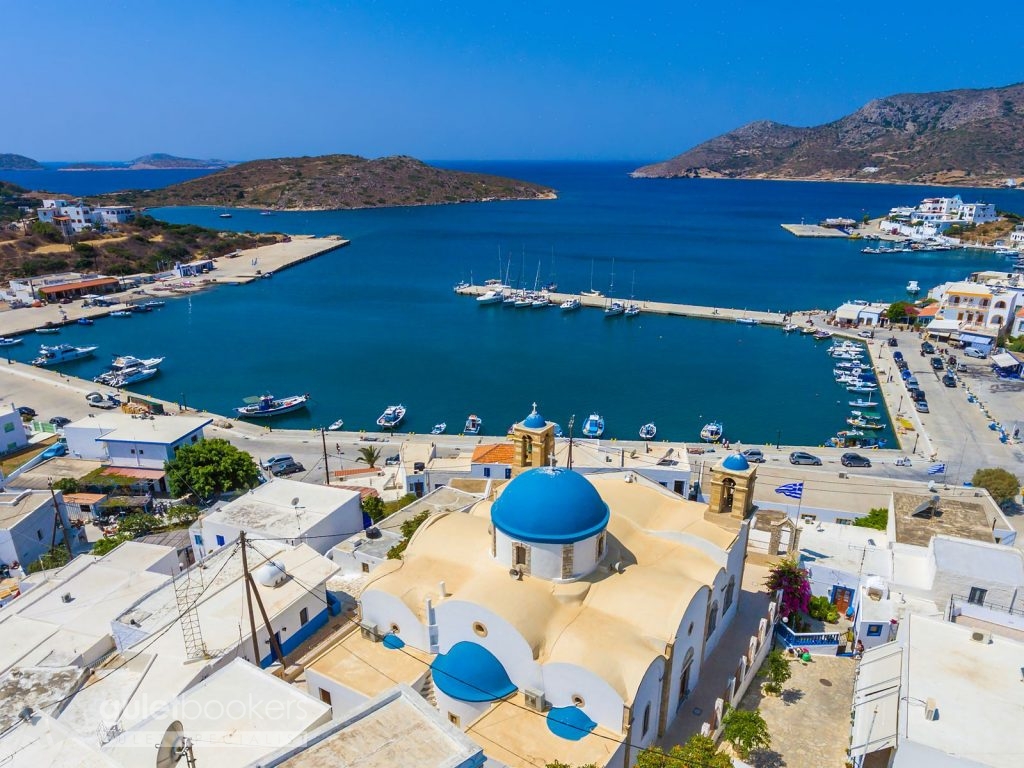
Leipsoi is the ideal island for a relaxed vacation: the nature and the locals have a unique way of helping visitors acquire a much needed inner peace. This is why locals say that it was probably this land, and not Calypso herself, that lured Odysseus into staying there when his ship strayed from the course set for his return to Ithaca.
Leipsoi is part of the northern Dodecanese. It is the largest island in a group of twenty islands and islets of enormous environmental value, as they are included in the Natura Networking Programme. They lie between Patmos and Leros and have been inhabited since prehistoric times. Leipsoi village was founded in 1669 by a man from Crete by the name of Elias. Leipsoi Island was integrated in Greece in 1948.
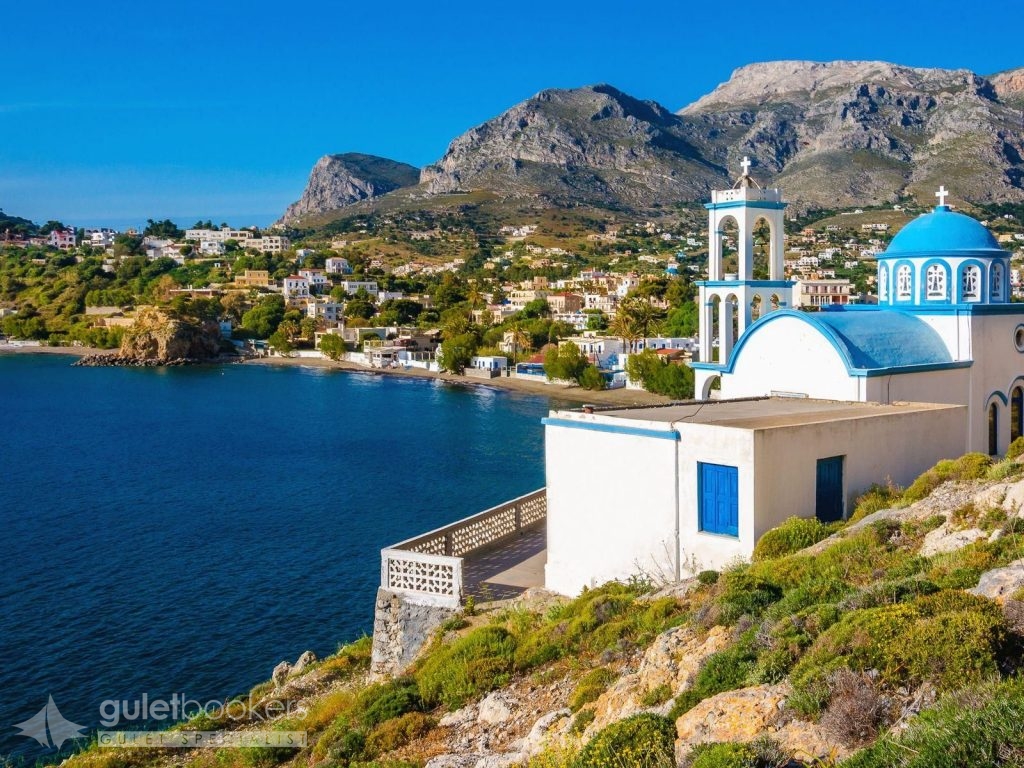
Kalymnos is the fourth largest island of the Dodecanese Group.It has often been called the “island of the sea sponge harvesters” due to the growth of the Greek sponge-harvesting trade in the 19th century. After WWII, Kalymnos remained the only Greek island engaged in the sea sponge-harvesting activity, supplying domestic as well as foreign markets and consequently making Kalymnos known as “the island of sponge harvesters” to the present day. In antiquity, Kalymnos and Leros were known as the Calydnae Islands. The first inhabitants of Kalymnos are said to have been the Kares from Asia Minor. In 1306 it was conquered by the Knights Hospitaller of Rhodes, who remained on Kalymnos until 1522 when the Turks occupied the island. The Italians took over in 1912 and in 1948 it was integrated in Greece. Today it is a tourist destination known worldwide for offering alternative-style vacations and activities such as climbing, scuba diving, mountain hiking and spelunking.

Pserimos has a 15 sq. km area and a population of approximately 150. This island offers the opportunity for a truly quiet vacation. Excavations have revealed ruins of an ancient settlement; certain archeologists consider it to have been the ancient dimos [town] of Perraiotan. Platy islet lies to the west; a segment of it is a rocky isle known as Nekrothiki. All of Pserimos’ beaches are good for swimming while the beach in Vathys cove is the best by far.
Send Enquiry Gulet Cruising to Northern Dodecanese
This itinerary is only bookable for private charters. If you are interested in a cabin charter, please contact us for more information.
Guletbookers is the independent gulet charter company located in Bodrum - Turkey and dedicated to giving you
the best gulet charter possible from the widest choice of gulets possible.
Get in touch via WhatsApp for Seamless Communication.
Talk to our experts and browse through more yachts.







